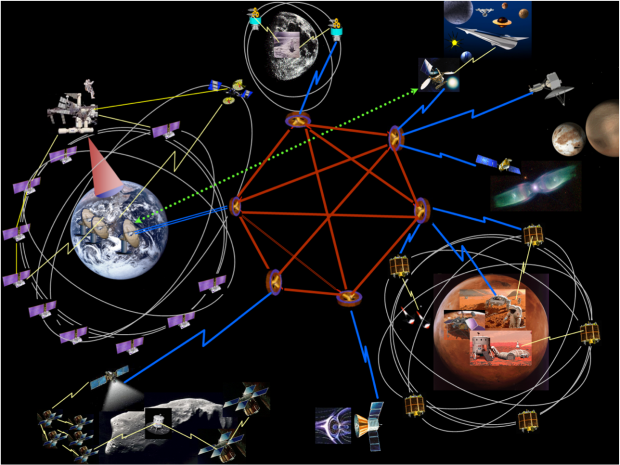
Breaking News
 The lowest cost per watt solar hot water panel. Build guide in description.
The lowest cost per watt solar hot water panel. Build guide in description.
 IRS Reinstates $20,000 / 200-Transaction Threshold For Form 1099-K
IRS Reinstates $20,000 / 200-Transaction Threshold For Form 1099-K
 Mystery Billionaire Who Donated $130M to Pay Our Troops During Shutdown Has Been Identified
Mystery Billionaire Who Donated $130M to Pay Our Troops During Shutdown Has Been Identified
 Steve Bannon and Energy Consultant Dave Walsh on Electricity Shortages in States Including...
Steve Bannon and Energy Consultant Dave Walsh on Electricity Shortages in States Including...
Top Tech News
 Graphene Dream Becomes a Reality as Miracle Material Enters Production for Better Chips, Batteries
Graphene Dream Becomes a Reality as Miracle Material Enters Production for Better Chips, Batteries
 Virtual Fencing May Allow Thousands More Cattle to Be Ranched on Land Rather Than in Barns
Virtual Fencing May Allow Thousands More Cattle to Be Ranched on Land Rather Than in Barns
 Prominent Personalities Sign Letter Seeking Ban On 'Development Of Superintelligence'
Prominent Personalities Sign Letter Seeking Ban On 'Development Of Superintelligence'
 Why 'Mirror Life' Is Causing Some Genetic Scientists To Freak Out
Why 'Mirror Life' Is Causing Some Genetic Scientists To Freak Out
 Retina e-paper promises screens 'visually indistinguishable from reality'
Retina e-paper promises screens 'visually indistinguishable from reality'
 Scientists baffled as interstellar visitor appears to reverse thrust before vanishing behind the sun
Scientists baffled as interstellar visitor appears to reverse thrust before vanishing behind the sun
 Future of Satellite of Direct to Cellphone
Future of Satellite of Direct to Cellphone
 Amazon goes nuclear with new modular reactor plant
Amazon goes nuclear with new modular reactor plant
 China Is Making 800-Mile EV Batteries. Here's Why America Can't Have Them
China Is Making 800-Mile EV Batteries. Here's Why America Can't Have Them
NASA To Install Solar System-Wide Internet On The ISS

NASA is on a mission to improve communications between travelers in space and on Earth and is one step closer to doing so now that it has installed the first deployment of a new technology at the International Space Station (ISS).
The new system, called Delay/Disruption Tolerant Networking (DTN), aims to provide uninterrupted connections between people in space and on the planet for not-so-distant space exploration. Basically, it's internet – for the whole solar system.
The DTN's installation is being celebrated because it works differently to Earth's wireless. For example, when an internet signal on this planet is blocked, the connection slows or is disrupted completely. In the past, this prevented the ISS from sending transmissions as large objects – such as planets, other space crafts, and radiation waves – made the signal low. In effect, data was sometimes lost during transmissions. With a solar system-wide internet, however, the network can function even when a recipient server is offline.
As you may have heard, the government organization aims to recruit farmers, teachers, surveyors, and technicians to explore Mars by 2030. Undoubtedly, having solar system-wide internet will assist in that endeavor.

 China Innovates: Transforming Sand into Paper
China Innovates: Transforming Sand into Paper

